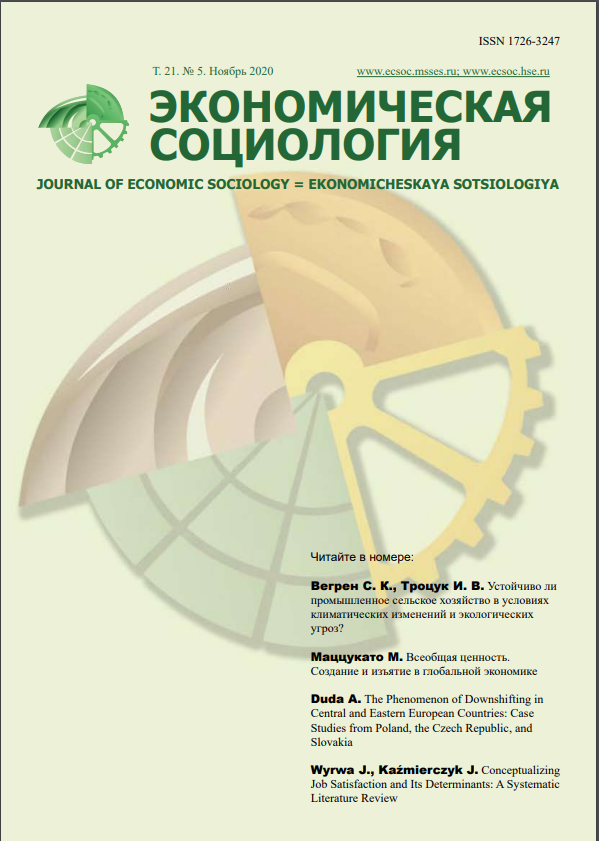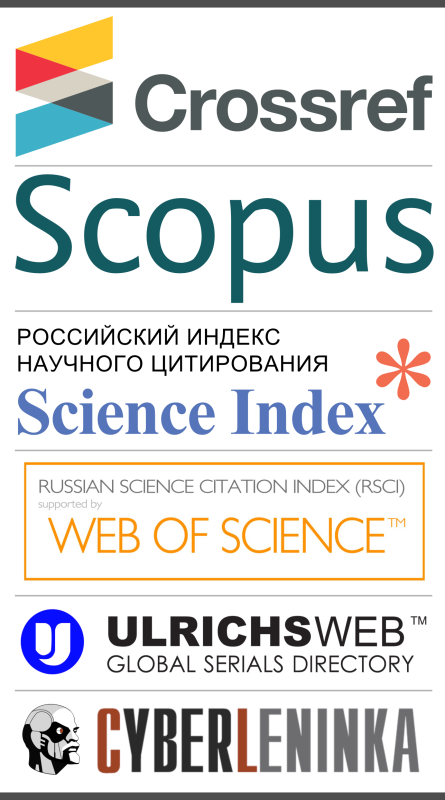Access to Modern Medical Technologies in Russia and Europe
Abstract
The authors discuss the results of a comparative analysis of the access to medical technologies in Russia and the countries of the European Union. The study included the most popular diagnostic technologies: computed tomography (CT), magnetic resonance imaging (MRI), and positron emission tomography (PET). The key indicators of access to this kind of equipment are its distribution—the number of units per share of the population—and the frequency of use of existing installations by patients. The research information base consisted of Russian and European statistics for the period from the 1980s to the present.
A comparative analysis of the accessibility of the technologies under consideration in Russia and European countries based on these indicators allowed us to come to the following conclusions.A review of the literature confirms that the development of public health in the modern era is largely determined by the introduction and widespread use of new medical technologies. Among them, the important role of diagnostic technologies play a part in the article, but access to these diagnostic procedures remains limited in many countries. As a comparative analysis of European countries shows, Russia is significantly inferior to almost all EU countries in the level of accessibility of these procedures due to the insufficient number of CT, MRI, and PET scanners and the low rates of their use. The technological lag in Russian health care is associated with low levels of state funding for the sector given that, in the state’s policy, social spending is less important than other areas of budget financing. Limited access to modern diagnostic tools prevents the rapid and high-quality determination of the causes of many diseases and, consequently, their successful treatment. In addition, a significant shortage of modern technological equipment can aggravate the problem of social inequalities in health, which is clearly manifested in Russian society. Thus, well-off people with the ability to spend significant funds on receiving modern medical services will benefit, while people with low incomes will be forced to be content with less-effective procedures for the diagnosis and treatment of diseases.













